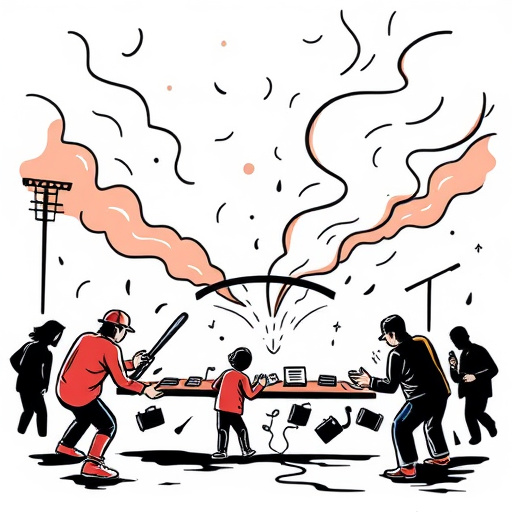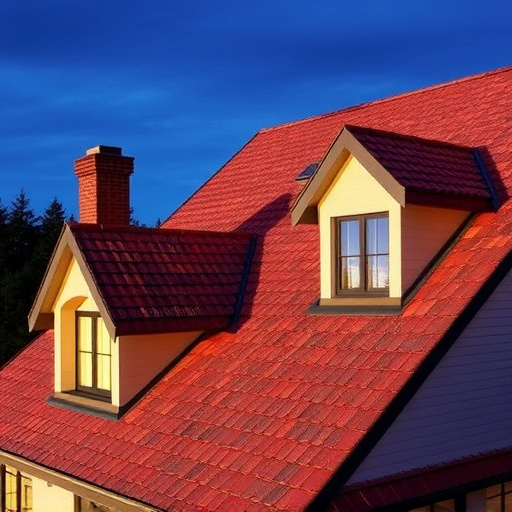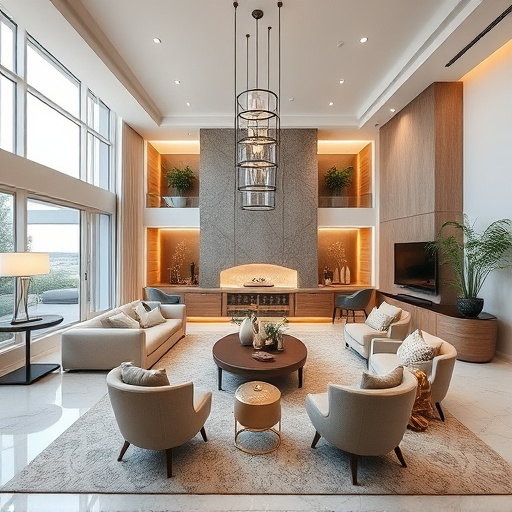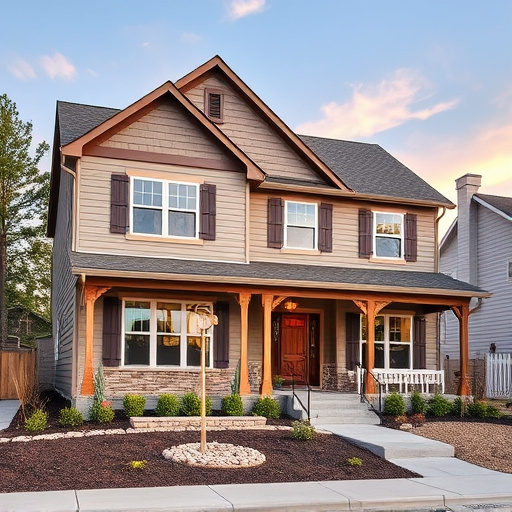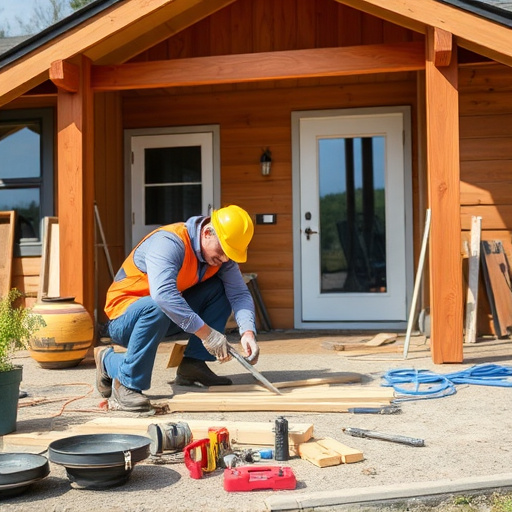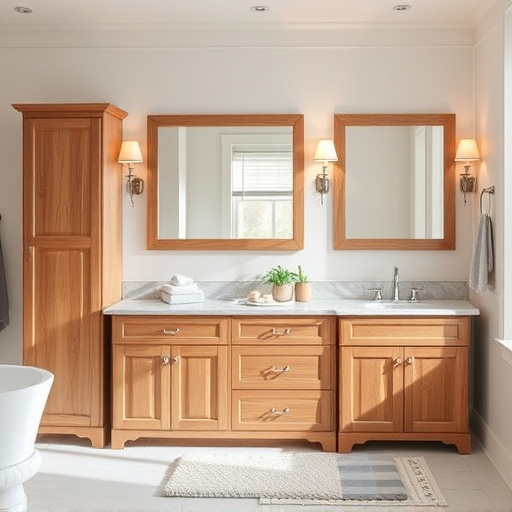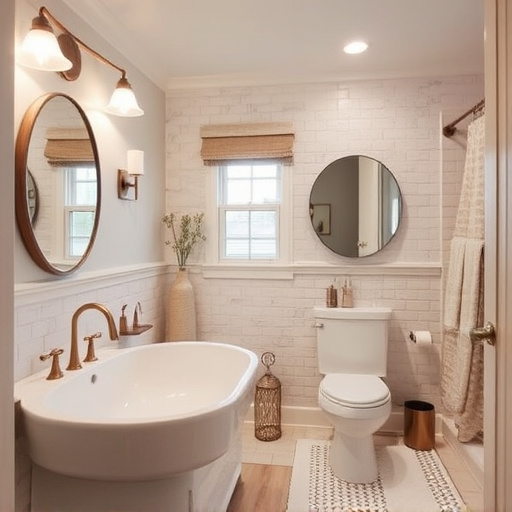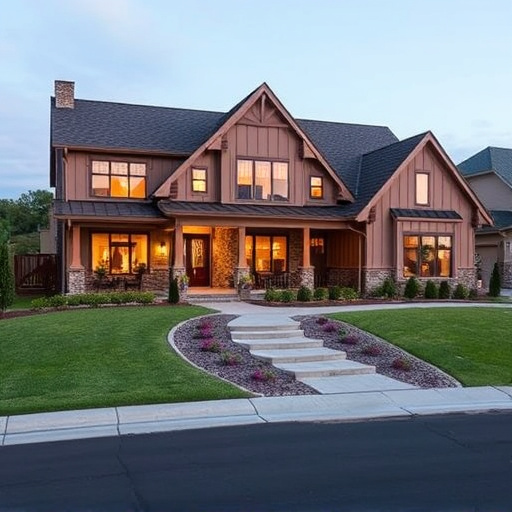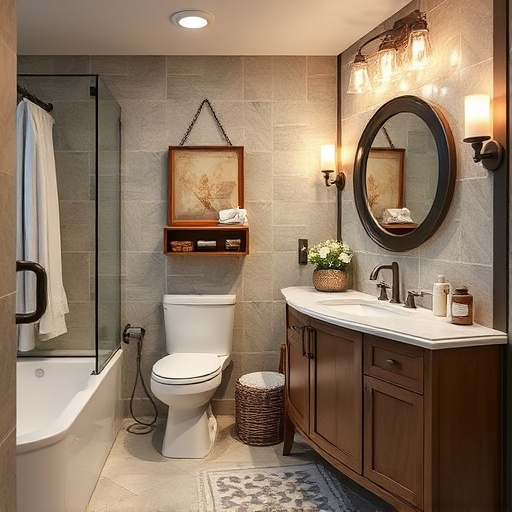Residential builders adapt strategies based on location, catering to urban and suburban demands. In cities, they focus on functional, compact homes with smart tech, while suburbs prioritize spaciousness, natural light, and outdoor spaces. Both markets embrace sustainability, incorporating eco-friendly practices like solar panels, green roofs, and efficient appliances to reduce carbon footprints.
Residential builders are navigating evolving market demands across diverse landscapes, with urban and suburban areas presenting unique challenges and opportunities. Understanding these distinctions is crucial for adapting design, layout, and sustainability practices to meet modern homebuyer expectations. This article explores these trends, providing insights into how builders are tailoring their approaches to create desirable residential spaces in both bustling cities and quieter suburbs. By examining market dynamics and innovative strategies, we illuminate the future of residential building.
- Understanding Urban vs Suburban Market Demands
- Design and Layout Trends in Diverse Settings
- Sustainability Practices Shaping Residential Builders
Understanding Urban vs Suburban Market Demands
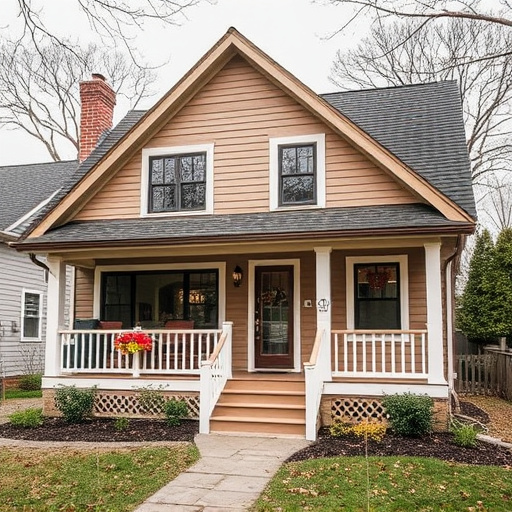
In urban areas, residential builders face unique demands driven by dense populations and high real estate values. City dwellers often seek compact, modern homes with smart features that maximize limited space. Builders must also cater to a diverse range of cultural preferences and design trends, reflecting the dynamic nature of urban living. On the other hand, suburban markets present a different set of challenges and opportunities. Families in suburbs typically prefer larger homes with ample outdoor spaces, focusing on traditional values and comfort. Here, residential builders can offer customization options, including renovations for expanding or modernizing older homes, as well as floor replacements and interior painting services to refresh existing properties. Understanding these distinct market demands is crucial for builders to tailor their strategies and offerings, ensuring they meet the unique needs of both urban and suburban residents.
Design and Layout Trends in Diverse Settings
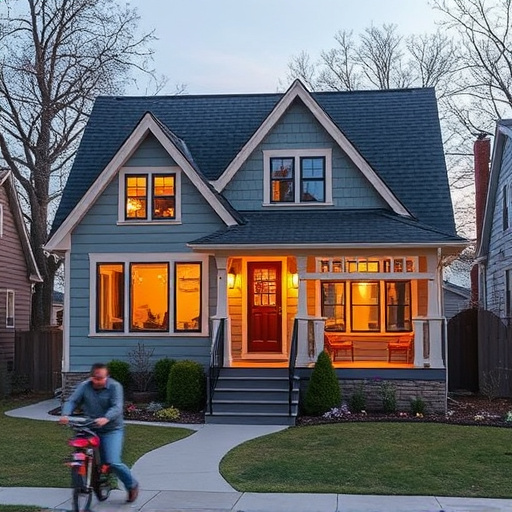
In urban settings, residential builders are increasingly focusing on functional spaces that maximize limited real estate. This trend translates into compact yet efficient layouts with clever storage solutions and open-concept designs that blur the lines between indoor and outdoor living. Urban dwellers often seek modern aesthetics and smart technology integrations, reflecting a desire for both style and convenience in their homes. For instance, a kitchen remodel might incorporate sleek, integrated appliances and a minimalist design to accommodate a small footprint yet deliver ample functionality.
In contrast, suburban areas present builders with opportunities to embrace more traditional and spacious layouts. Here, whole house remodels allow for expansive kitchens with island centers, walk-in pantries, and open dining areas—ideal for entertaining and family gatherings. Suburban homes often cater to a desire for tranquility and connection with nature, leading to designs that incorporate natural light, large windows, and outdoor living spaces such as patios or decks. These diverse settings thus drive distinct residential builder trends tailored to meet the unique needs and preferences of urban versus suburban residents.
Sustainability Practices Shaping Residential Builders
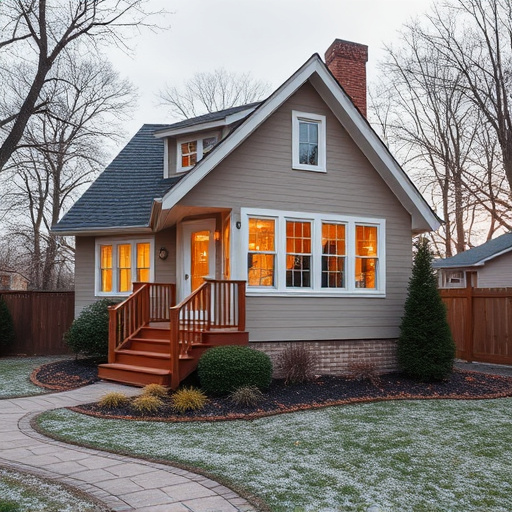
In recent years, sustainability has become a defining factor shaping residential builders across both urban and suburban landscapes. As environmental consciousness grows, builders are incorporating eco-friendly practices into their projects to meet evolving consumer demands. This shift is evident in the increasing adoption of renewable energy sources, such as solar panels and wind turbines, in new constructions. Moreover, the use of efficient appliances, smart home technology, and water conservation systems is becoming standard across various residential segments.
Urban builders, known for their dense, high-rise developments, are focusing on vertical gardening, green roofs, and innovative waste management systems to reduce carbon footprints. Conversely, suburban builders are leveraging their larger plots to incorporate more expansive landscapes, native plant gardens, and efficient irrigation systems into home renovation projects. Regardless of location, the trend towards sustainable building practices is not only enhancing the appeal of residential properties but also contributing to a greener future for all.
As we’ve explored, the demands and trends shaping residential builders vary significantly between urban and suburban areas. Urban centers are seeing increased demand for compact, multi-use spaces that incorporate sustainable practices, while suburbs favor larger lots, open layouts, and energy-efficient features tailored to family living. To stay competitive, residential builders must adapt to these diverse market preferences, embracing innovative design and construction methods that cater to the unique needs of both environments. By prioritizing sustainability and staying attuned to local trends, builders can create desirable homes that enhance the quality of life for residents across these contrasting landscapes.


